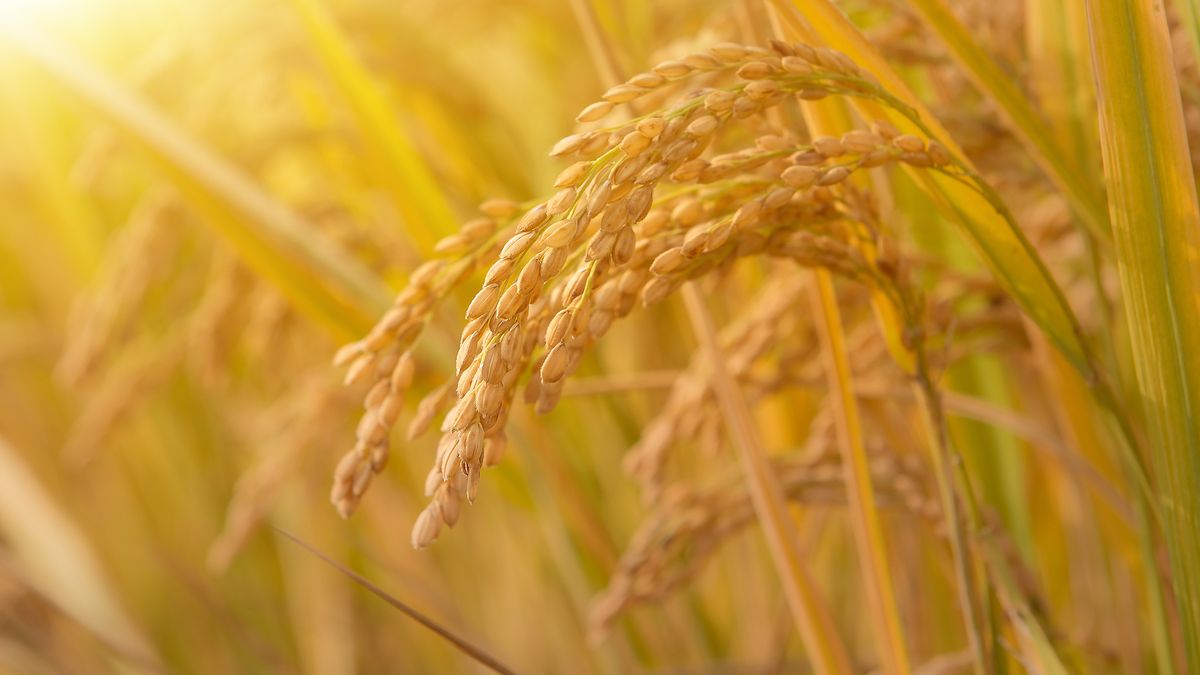The rice pricesa fundamental crop for many communities around the world, reached their highest level in almost 15 years after the main global exporter imposed a restriction on its exports.
India It represents about 40% of world rice trade in the last three years. This price spike is raising concerns about food insecurity for billions of people who depend on this grain in Asia and Africa.
“Rice, especially in Africacan trigger conflicts or social unrest, which would be highly dangerous at this time,” he warned. Alvaro Lariohead of the United Nations International Fund for Agricultural Development, in an interview in NY last week.
The export ban evokes memories of 2008when a global rice crisis put 100 million people at risk, many of them in sub-Saharan Africa. At that time, both Vietnam like India restricted their exports.
Food crisis: the background
Food shortages too has contributed to riots in the pastwith rising wheat prices, which helped trigger theto Arab Springoverthrowing governments just over a decade ago.
The consequences of these bans “transcend country borders“that implement such measures, stated Lario. ERice is the “main concern” for food security, even more so than wheat, as mentioned.
“Export restrictions have a strong impact, especially on the most vulnerable, by increasing prices and generating a shock to them.“, he highlighted. “Generally, they are not beneficial either in the medium term for local populations or for other countries.”
Some regions of Africa That depend heavily on rice imports are already experiencing the repercussions of rising prices, Lario noted.
“It is important to understand that many of these people who consume this type of crop are often on the verge of poverty,” he stressed.
Inflation and food restrictions: the perfect storm
What was mentioned by the United Nations official coincides with a World Bank report that maintains that the persistent inflation Food prices continue to rise sharply in various parts of the world.
The most recent data, provided by the world Bankcorresponding to the months between May and August 2023reveal a persistence of that dynamic in multiple low- and middle-income countries.
Alarmingly, more than half of low income countries (52.6%), an even larger percentage of lower middle-income countries (86%) and a considerable number of upper middle-income countries (64%) have experienced inflation exceeding 5%. Many of these countries They are being hit by double-digit inflation rates.
In real terms, food price inflation exceeded general inflation in 81% of the 162 countries for which data is availablenoted the World Bank in its latest update on food security.
Additionally, 73.2% of high-income countries are seeing a significant increase in food price inflation. This crisis mainly affects nations located in Africa, North America, Latin America, South Asia, Europe and Central Asia. In real terms, food price inflation exceeded general inflation in 81% of the 162 countries for which data is available, noted the world Bank in its latest update on food safety.
Source: Ambito




